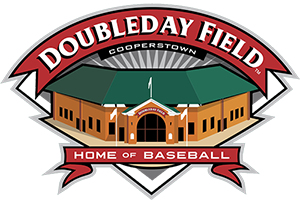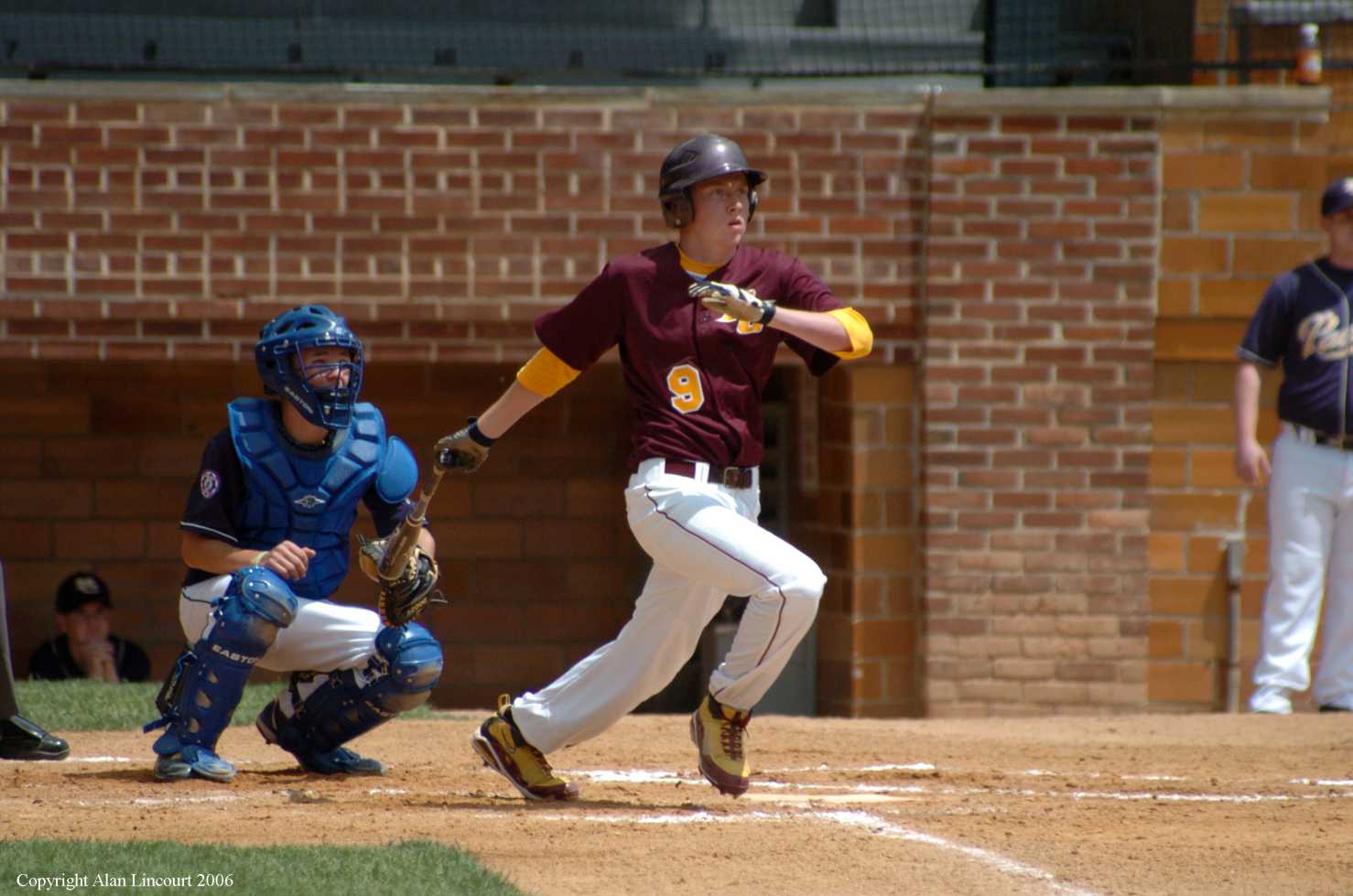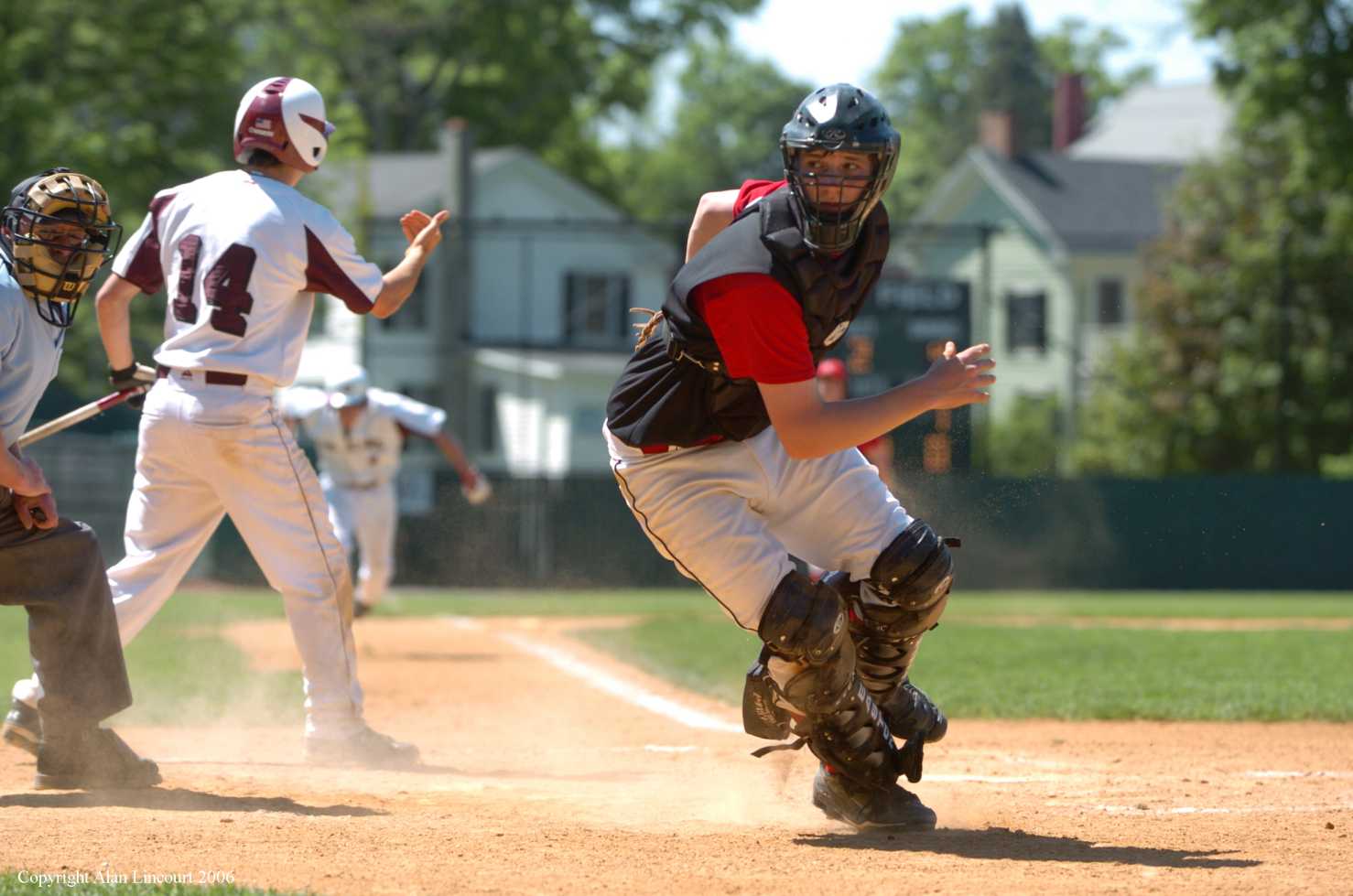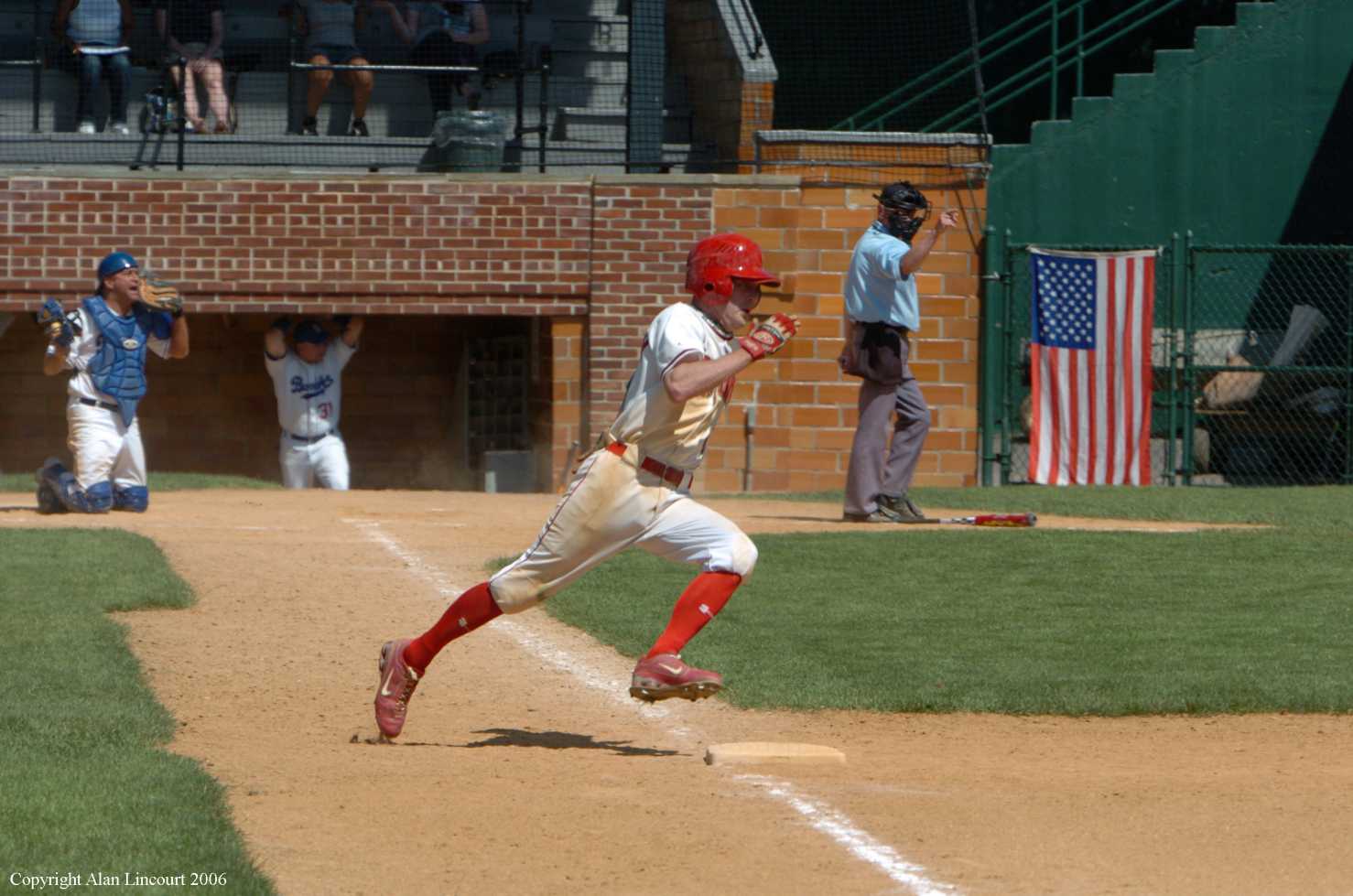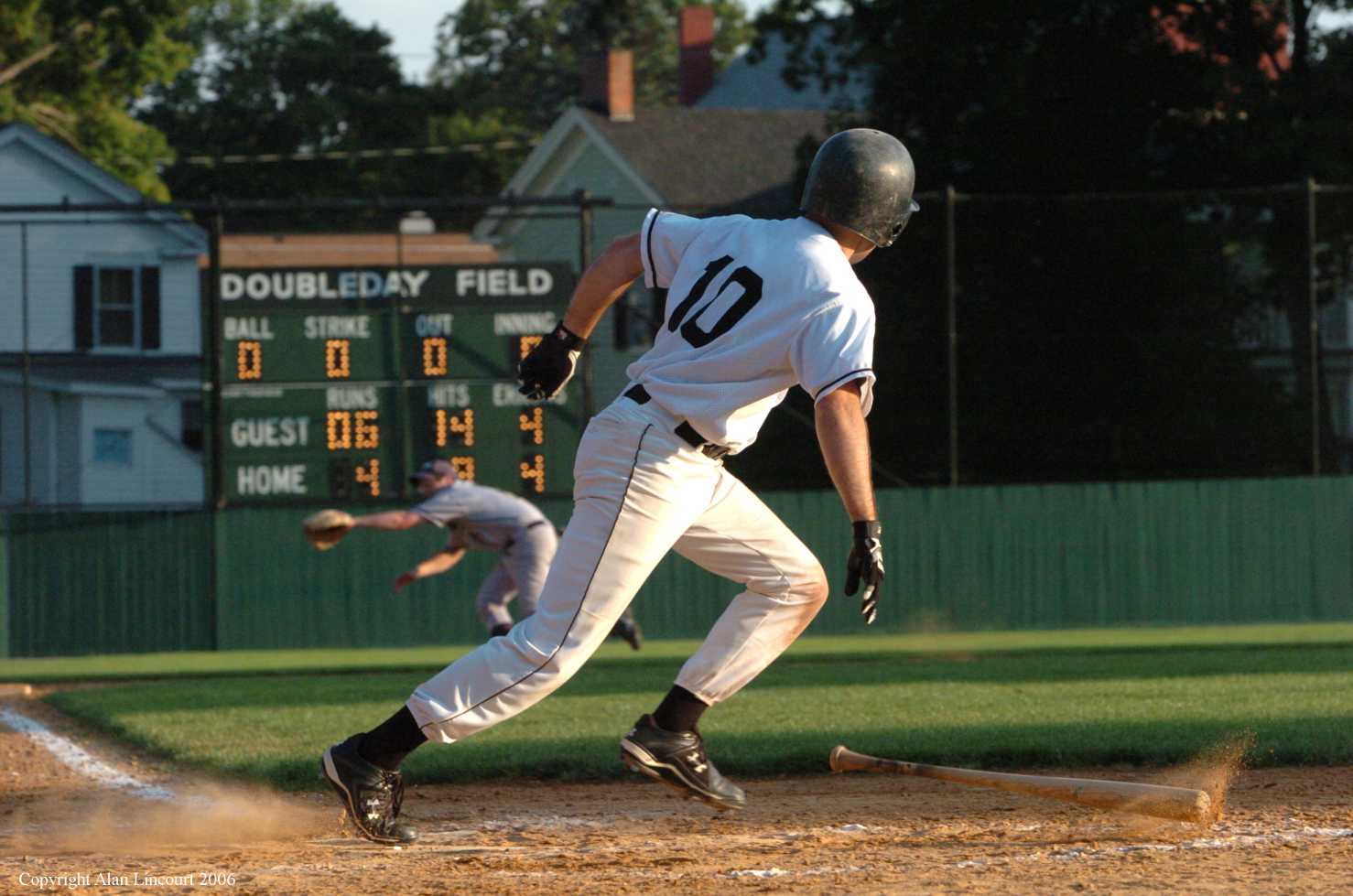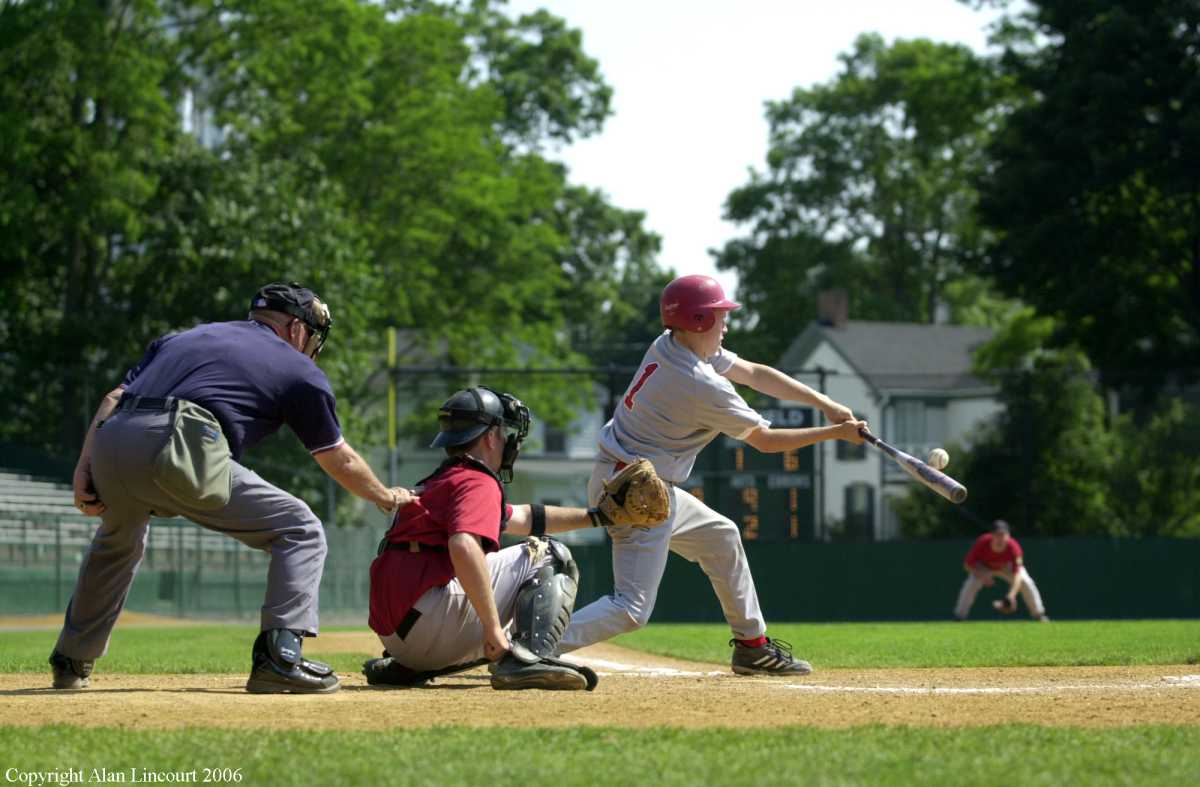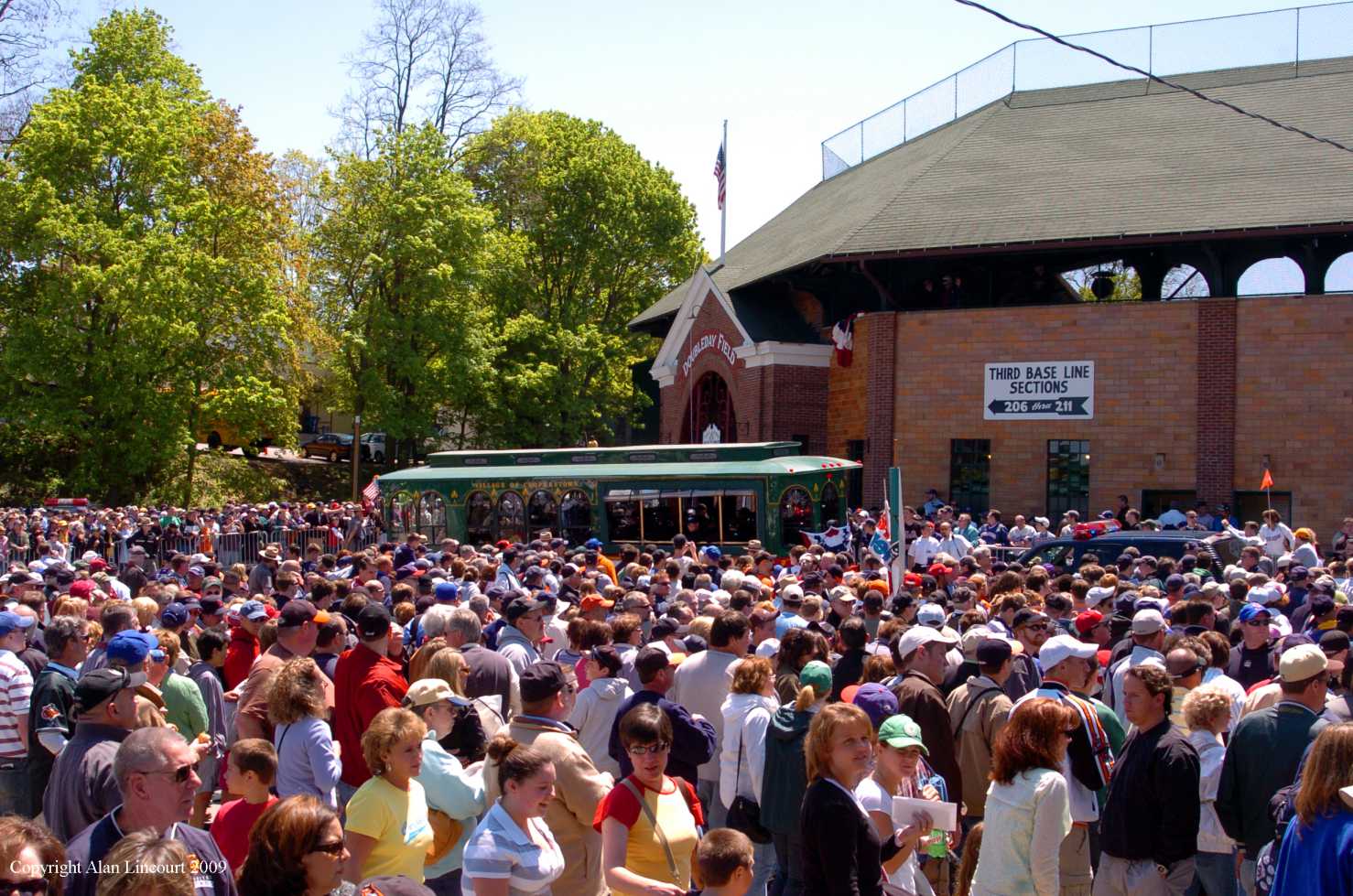Today & Contemporary Uses
Little has changed since the 1990s at Doubleday Field. Since its early days, Doubleday Field and the surrounding property has been the site of stables, a fruit stand, luncheon, recreation, carnivals, auctions, dances, concerts, car shows, beauty pageants, and more. In addition to parking, the lot outside the ballpark still serves as a site for public events. Today, the annual Pumpkin Festival and Winter Carnival are a few events that occur in the space. Visitors to the mythical birthplace of baseball continue to visit Doubleday Field to pay homage to the history of the sport, and also to cheer on the local collegiate summer team, the Cooperstown Hawkeyes.
Since 2010, there has been a renewed interest in preserving Doubleday Field. Like previous renovations, the focus has been on retaining the current structure and preserving the grandstand’s historic feel. The need to preserve the grandstand even reached Congress; as part of a 2010 appropriations bill, Rep. Michael Arcuri requested $400,000 to make numerous repairs.Presently, the village continues to pay for the necessary repairs for Doubleday including support to the infrastructure of the concrete and metal bases of the existing bleachers. Further preservation and renovation activities will ensure that Doubleday Field can be treasured by baseball enthusiasts for generations to come.
Little has changed since the 1990s at Doubleday Field. Since its early days, Doubleday Field and the surrounding property has been the site of stables, a fruit stand, luncheon, recreation, carnivals, auctions, dances, concerts, car shows, beauty pageants, and more. In addition to parking, the lot outside the ballpark still serves as a site for public events. Today, the annual Pumpkin Festival and Winter Carnival are a few events that occur in the space. Visitors to the mythical birthplace of baseball continue to visit Doubleday Field to pay homage to the history of the sport, and also to cheer on the local collegiate summer team, the Cooperstown Hawkeyes.
Since 2010, there has been a renewed interest in preserving Doubleday Field. Like previous renovations, the focus has been on retaining the current structure and preserving the grandstand’s historic feel. The need to preserve the grandstand even reached Congress; as part of a 2010 appropriations bill, Rep. Michael Arcuri requested $400,000 to make numerous repairs. Presently, the village continues to pay for the necessary repairs for Doubleday including support to the infrastructure of the concrete and metal bases of the existing bleachers. Further preservation and renovation activities will ensure that Doubleday Field can be treasured by baseball enthusiasts for generations to come.
